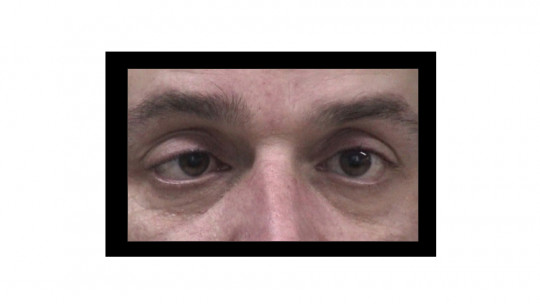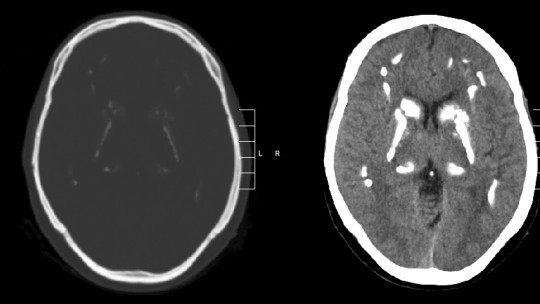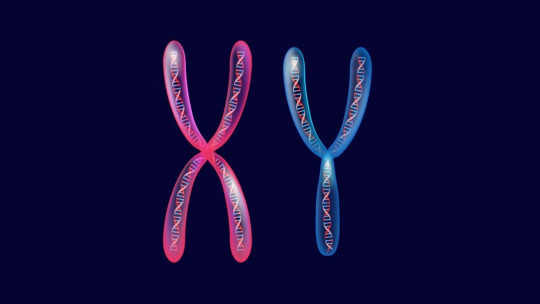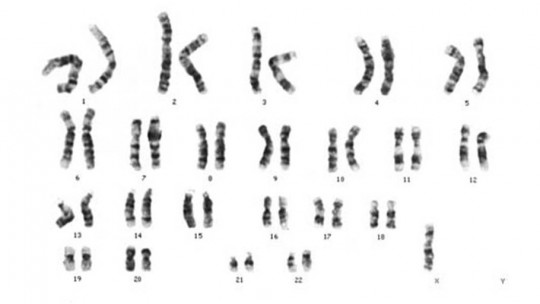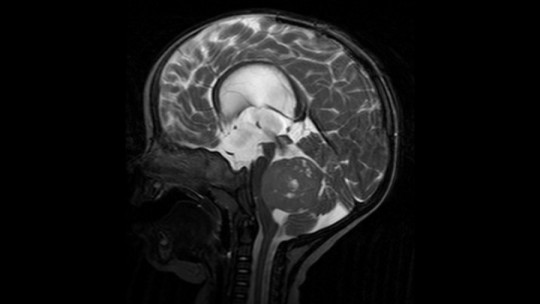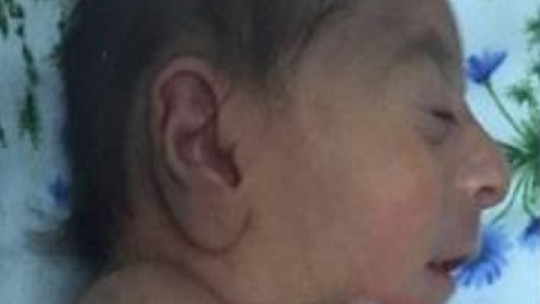
Clumsy-hand dysarthria syndrome occurs after a lacunar infarction, usually in the pons or pons of the brain. This type of stroke causes symptoms in the person that include clumsiness, weakness, and incoordination on only one side of the body.
In this article we explain what it consists of dysarthria-clumsy hand syndrome what are its causes and the symptoms it causes, and what treatment is indicated.
What is clumsy hand dysarthria?
Dysarthria-clunky hand syndrome, or dysarthria syndrome with hand incoordination, It is one of the rarest and least studied lacunar syndromes A lacunar syndrome is a clinical condition in which a lacunar-type cerebral infarction occurs. These types of infarcts present small lesions (no more than 15 mm in diameter) caused by the occlusion of tiny branches in the perforating arteries of the brain.
The location of the lesions that cause this type of syndrome has not yet been clearly defined; However, according to the studies carried out, the most common is the brainstem bridge or pons, although cases of dysarthria-clumsy hand have also been described in lacunar infarcts in the anterior extremity of the internal capsule, the knee and the corona radiata.
Dysarthria-clumsy hand syndrome constitutes 5% of lacunar syndromes and people who suffer from it manifest symptoms such as dysarthria and clumsiness (i.e. weakness) of the hand which are often more prominent when the patient is writing.
Causes
In the vast majority of lacunar syndromes it has been proven that the main cause is a brain injury caused by a lacunar infarction However, this has not been evident in the case of dysarthria-clumsy hand syndrome, probably because it is one of the rarest syndromes.
However, the studies carried out also point to the lacunar hypothesis as the main cause (more than 90% of the cases), although cases have also been reported and there have been studies that have concluded that the main cause has been an intracerebral hemorrhage in the pons (or pons) and sometimes the cerebellum.
Therefore, there appear to be different possible causes and locations responsible for dysarthria-clumsy hand syndrome, possibly because in this syndrome there is partial involvement of motor fibers along the pyramidal tract secondary to a small lacunar infarction that interrupts the corticospinal fibers, regardless of where the lesion is located.
It should also be noted that in the images of dysarthria-clumsy hand syndrome performed with tractography, small and deep supratentorial infarcts can be observed (which are located in the intracranial cavity above the tentorium or tentorium cerebellum), and this would suggest the possibility that this clinical syndrome is secondary to a tandem lesion in the pons or pons area.
Be that as it may, More studies are required in the future with greater sensitivity and specificity, allowing more precise discrimination of the location of the lesions.
Symptoms
Dysarthria-clunky hand syndrome presents with facial paralysis, ipsilateral hemiataxia (coordination defects on the same side of the body), especially in the upper extremity. Slowness and clumsiness in the hand is mainly evident when performing tests that require great precision or dexterity.
Below are detailed other of the most characteristic symptoms of this lacunar syndrome:
Treatment
Lacunar infarctions usually occur in patients with high blood pressure or diabetes mellitus, which is why the analysis of risk factors and prevention in this type of case is so important.
Although dysarthria-clumsy hand syndrome is the classic lacunar syndrome with the best short-term functional prognosis, we must not forget that These types of clinical conditions must be treated as soon as possible since after the heart attack, there is a window of about 3 or 4 hours in which it is essential to intervene and start treatment.
Although emergency surgical procedures are sometimes required, this is not usually the case. The patient, once operated on, must begin a comprehensive rehabilitation process that includes visits to different health professionals.
1. Physiotherapist
The role of the physiotherapist in the rehabilitation process is help the patient recover motor functions through exercises such as proprioceptive and sensory stimulation of the affected hemibody, postural care or passive mobilization of the joints and muscles affected after the stroke, as well as treating possible complications that occur during the entire process.
2. Neurologist
The neurologist’s job in the patient’s rehabilitation is to monitor any possible neurological complications that may appear, as well as request diagnostic and neuroimaging tests, if necessary.
3. Neuropsychologist
The role of the neuropsychologist is fundamental in the rehabilitation process after suffering from a lacunar syndrome, such as dysarthria-clumsy hand syndrome. His work is detect alterations in higher cognitive functions (attention, memory, executive functions, etc. that arise from brain injury.
Once both the altered and preserved abilities have been detected, the neuropsychologist will work with the patient on the restoration or compensation of these abilities, with the ultimate goal of the patient becoming autonomous and fully functional in all areas of their life (including family, work and social level).
4. Occupational therapist
The occupational therapist is responsible for that the patient recovers the maximum level of autonomy possible after the cerebral infarction, if not the same, at least similar to what he had before the injury.
The intervention consists of trying to improve and adapt the activities, body structures and functions of the patient to their environment, both physical (home, workplace, etc.) and human (their family and caregivers). In short, ensuring that the person can function on a day-to-day basis as well as possible.


